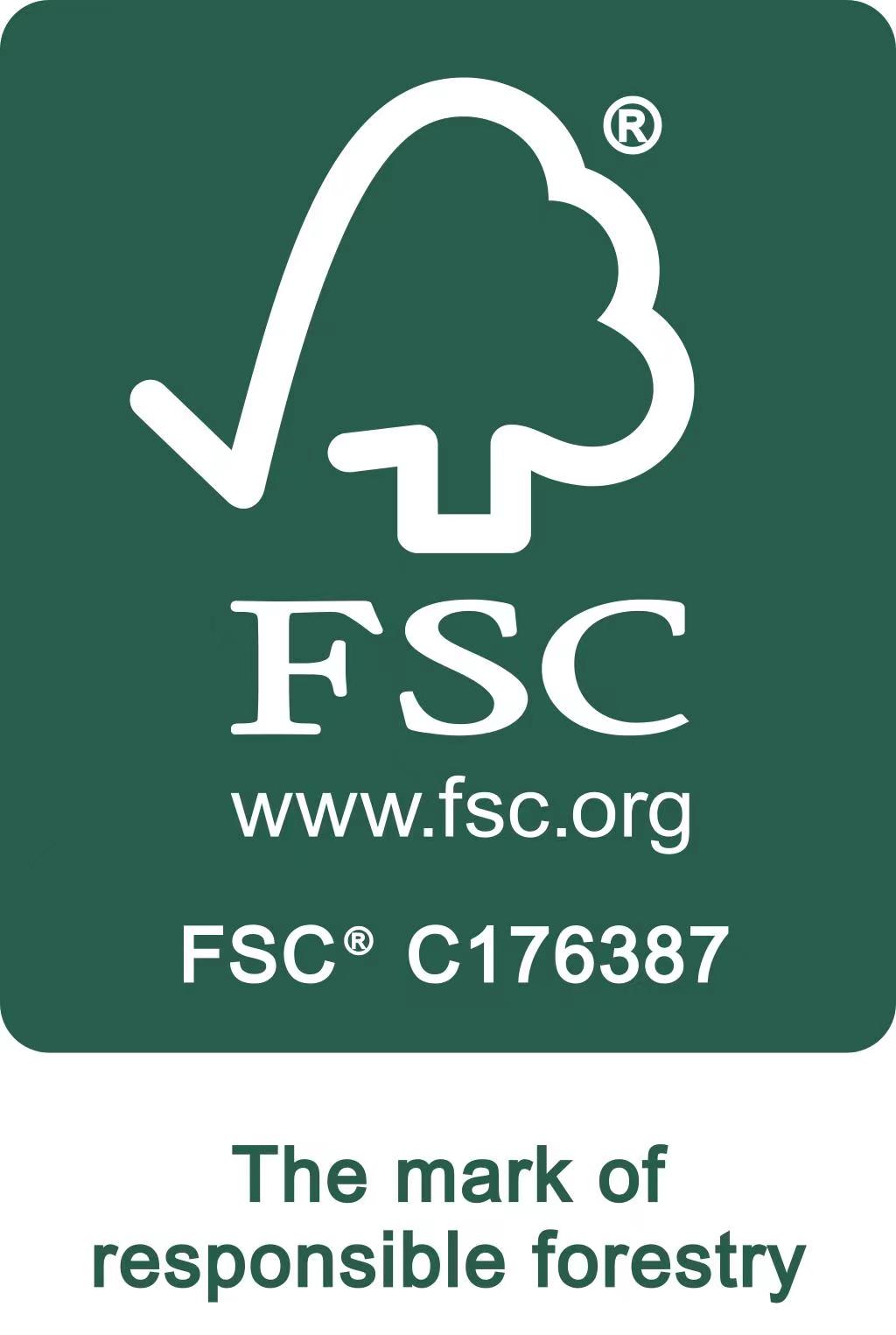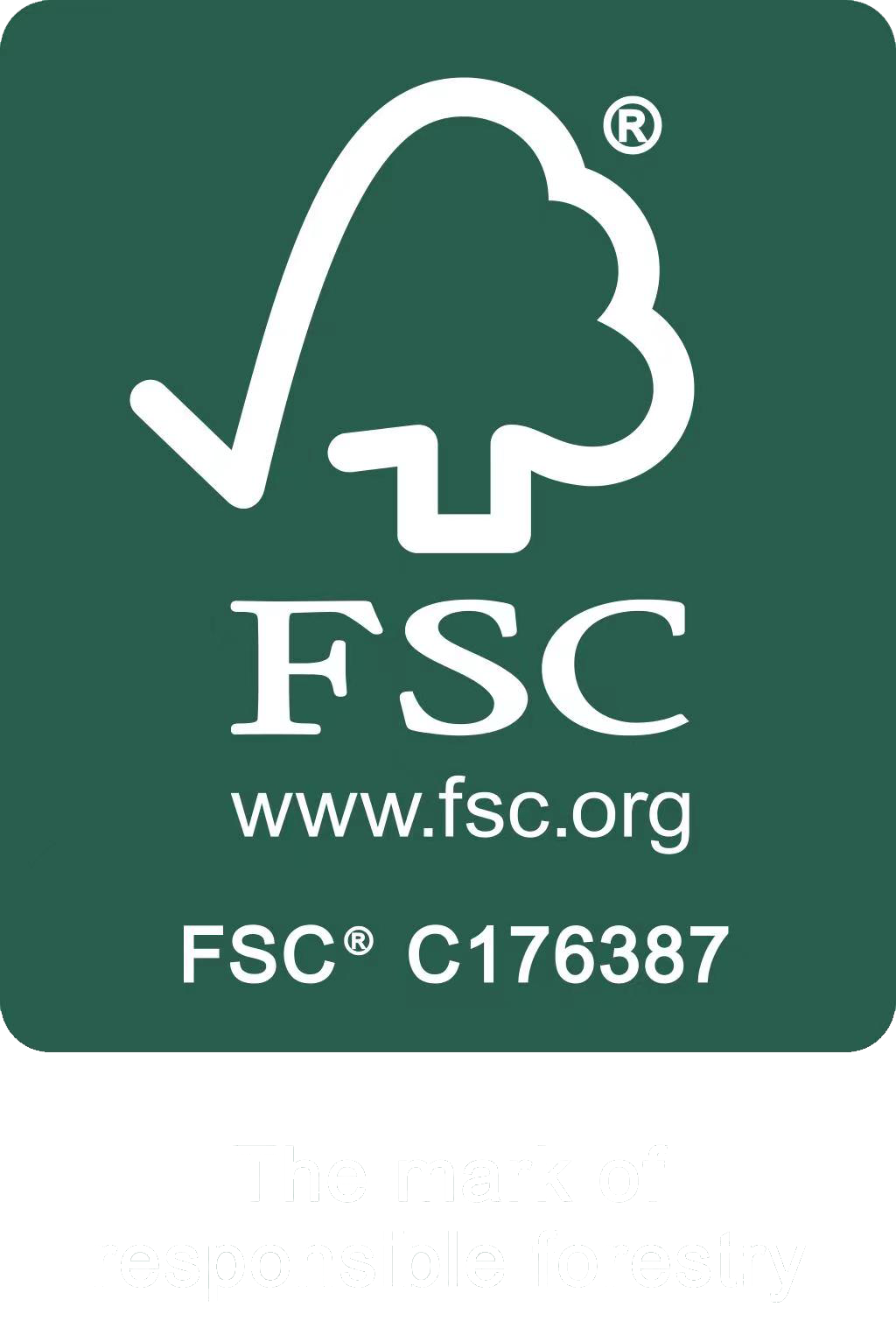危險(xiǎn)品是具有危險(xiǎn)特性的貨物。如果在運(yùn)輸和儲(chǔ)存過(guò)程中處理不當(dāng)��,就會(huì)對(duì)人�、動(dòng)物�、環(huán)境和財(cái)產(chǎn)造成一定的危害。因此����,包括保護(hù)性包裝法規(guī)在內(nèi)的危險(xiǎn)品運(yùn)輸發(fā)生了重大變化,危險(xiǎn)品的包裝主要側(cè)重于材料和結(jié)構(gòu)的細(xì)節(jié)���。
包裝方案必須通過(guò)性能評(píng)估�����。有跌落測(cè)試�、頂部負(fù)載測(cè)試和其他類(lèi)似的方法����。因此,如果非常危險(xiǎn)的貨物包裝在1.8m高度通過(guò)跌落試驗(yàn)���,則為高度危險(xiǎn)材料���,稱(chēng)為I類(lèi)包裝���;如果是中型危險(xiǎn)品包裝,應(yīng)通過(guò)1.2m高度的跌落試驗(yàn)����。如果包裝箱用于炸藥的包裝制備,還應(yīng)進(jìn)行炸藥的特殊試驗(yàn)�����,以判斷其是否為二級(jí)包裝�;如果是輕微危險(xiǎn)品包裝,應(yīng)通過(guò)0.8m跌落試驗(yàn)�����,稱(chēng)為III類(lèi)包裝��。
危險(xiǎn)貨物的包裝也有一些概念�����。包括內(nèi)包裝、外包裝�、組合包裝、復(fù)合包裝等�。內(nèi)包裝是貨物在運(yùn)輸過(guò)程中的表面包裝,而外包裝是復(fù)合包裝或組合包裝的外部����,以保護(hù)產(chǎn)品吸附材料和其他維持內(nèi)含氣所需的成分����。組合包裝是以運(yùn)輸為目的的包裝組合,以便將一個(gè)或多個(gè)內(nèi)包裝固定在一起并合成����,然后包裝在外包裝中。復(fù)合包裝只有一個(gè)外包裝和一個(gè)內(nèi)含氣��,此外����,它在結(jié)構(gòu)上形成一個(gè)完整的包裝,組合后在儲(chǔ)運(yùn)中始終是一個(gè)整體�����。
Dangerous goods are goods with dangerous characteristics. Improper handling during transportation and storage will cause certain harm to people, animals, environment and property. Therefore, great changes have taken place in the transportation of dangerous goods, including protective packaging regulations. The packaging of dangerous goods mainly focuses on the details of materials and structures.
The packaging scheme must pass the performance evaluation. There are drop tests, top load tests, and other similar methods. Therefore, if the package of very dangerous goods passes the drop test at the height of 1.8m, it is a highly dangerous material, which is called class I package; If it is a medium-sized dangerous goods package, it shall pass the drop test with a height of 1.2m. If the packing box is used for the packing preparation of explosives, special tests of explosives shall also be carried out to judge whether it is a secondary packing; If it is a package of slightly dangerous goods, it shall pass the 0.8m drop test, which is called class III package.
There are also some concepts about the packaging of dangerous goods. Including inner packaging, outer packaging, combined packaging, composite packaging, etc. The inner packaging is the surface packaging of goods during transportation, while the outer packaging is the exterior of composite packaging or combined packaging to protect product adsorption materials and other components required to maintain the gas content. Combined packaging is a packaging combination for the purpose of transportation, so that one or more inner packaging can be fixed together and synthesized, and then packaged in the outer packaging. The composite packaging has only one outer packaging and one containing gas. In addition, it forms a complete package structurally and will always be a whole in storage and transportation after combination.





